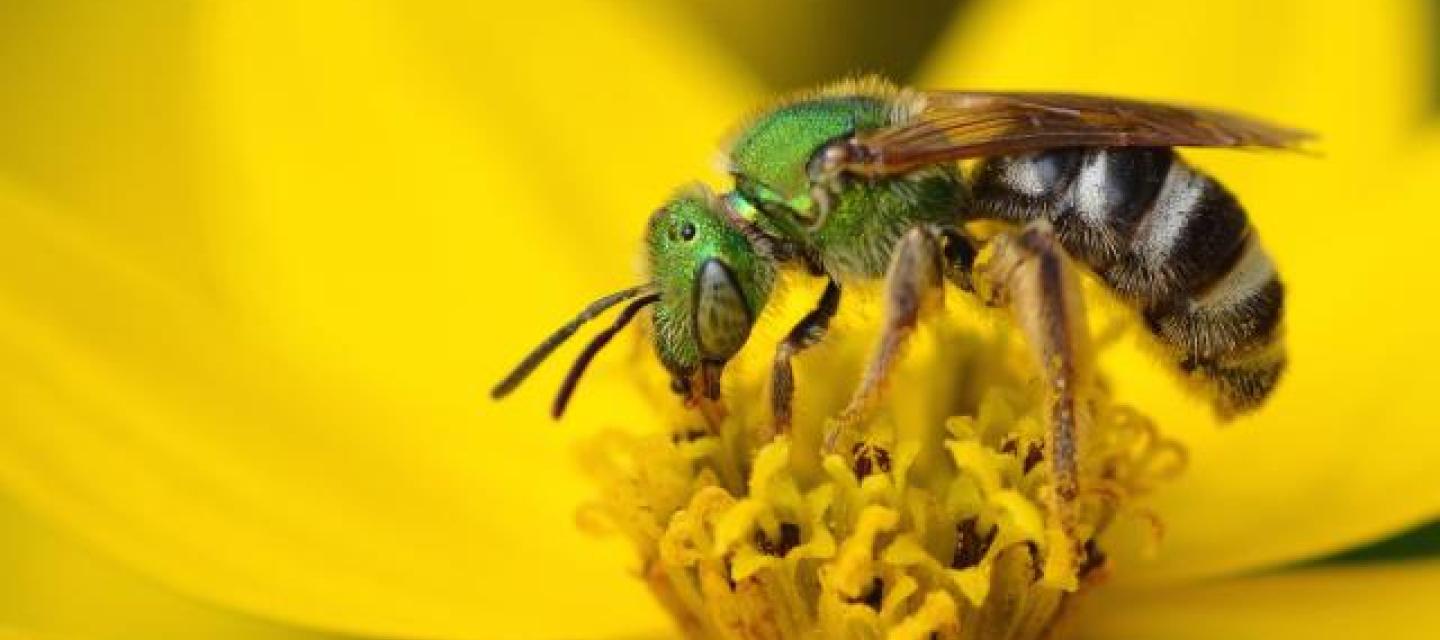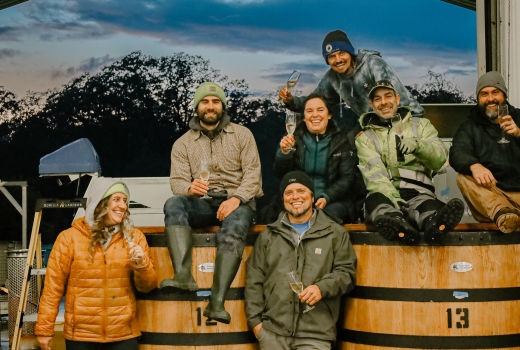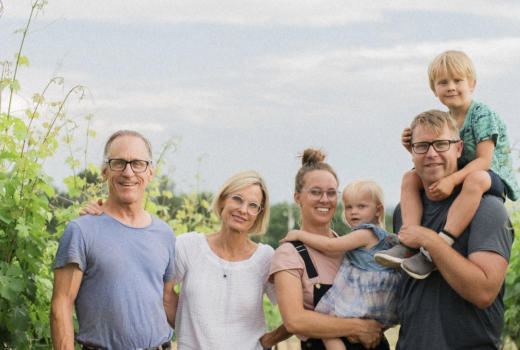
Each year, LIVE's Joint Technical Committee meets to review our vineyard standards and discuss key pest determinations, testing requirements, and new chemistry evaluations. Updates for the 2022 growing season are below and the final documents are at livecertified.org/certify. Contact LIVE staff to be connected with your Regional Tech Committee chair.
Green, Yellow, and Red LIst Updates
Items ADDED to the Green, Yellow, and Red List. Remember that you can use other trade name products as long as the active ingredient is the same (e.g. Bio-Tam and Tenet).
- Botrytis: Bacillus - All OMRI listed strains (Stargus™*)
- Powdery Mildew: Mefentrifluconazole (Cevya™)
- Powdery Mildew: Extract of Swinglea glutinosa (EcoSwing™*)
- Weeds: Tiafenacil (Gamma™)
- Rust Mites: Isaria fumosorosea Apopka Strain 97 (PFR-97™*)
- Spider Mites: Isaria fumosorosea Apopka Strain 97 (PFR-97™*)
- Spider Mites: Burkholderia spp Strain A396 (Venerate™*)
- Cutworm control Region 2: Chlorantraniliprole (Altacor™)
- Thrips & Leafhoppers: Isaria fumosorosea Apopka Strain 97 (PFR-97™*)
- Mealybug Region 2 - Added back Dinotefuran (Venom™) and Thiamethoxam (Platinum™)
*Organic products
Items ADDED to Key Pressures included on the Green & Yellow List
- Nematodes
New in 2022: Red List
- The Red List is a list of chemicals that are never permitted on a LIVE farm - vineyard, off-crop, or otherwise.
- These materials currently fall within four categories: those listed under the Montreal Protocol, The Rotterdam Convention, the Stockholm Convention, and the World Health Organizations' two most hazardous categories of pesticides (1a and 1b). This policy has been prepared to comply with new accreditation standards and to further define which materials are deemed wholly incompatible with a sustainability certification scheme.
- The current sole exception to this policy is Zinc Phosphide for rodents. If a suitable alternative is found we will remove its permitted use in the future.
Bee Friendly Farming Partnership
New this year! LIVE is working with the Pollinator Partnership's Bee Friendly Farming Program for dual certification. Similar to our collaboration with Salmon-Safe, we have integrated BFF standards into LIVE standards, and all LIVE-certified vineyards will also be Bee Friendly Farming-certified starting with the 2023 harvest (there is a 2-year integration). The Yellow List now has a small bee where the product is limited due to pollinator impact.
Addition of Pollinator Protections Control Points in Chapter 2, section 7 of the Vineyard Checklist. LIVE members will have two years to meet these new requirements.
- By April 30, 2024, at least 3% of the farm is set aside for pollinator forage, with plant species chosen specifically for their nectar and pollen resources. This land coverage can include the vineyard floor in-between rows and can be temporary habitat (ie. cover crop) if it is left to bloom before termination. Forage can also include wildflower strips, hedgerows, riparian areas, and natural areas (among others). Various flowering plants should be chosen to bloom at different times throughout the season, especially in early spring and late autumn. Important: Pollinator forage between vine ows may not be counted toward the 5% ecological infrastructure requirement in Item 2.1.1.
- There is clean water available for colonial bees (honeybees or bumblebees), if the grower is not inhibited by government-mandated water restrictions. Clean water can include irrigation free of chemicals, canals, lakes, ponds, water buckets specifically for pollinators. If no colonial bees are present on the farm, enter N/A
- Some portion (no minimum land area requirement) of the permanent ecological habitat on the farm is reserved for pollinator nesting sites through features such as hedgerows, natural brush, buffer strips, or bare ground.
- At least two of the preventative IPM measures described in the item notes have been implemented on the farm. Some of these practices have been addressed in other sections of the LIVE Checklist but are compiled here to meet Bee Friendly Farming compliance requirements.


